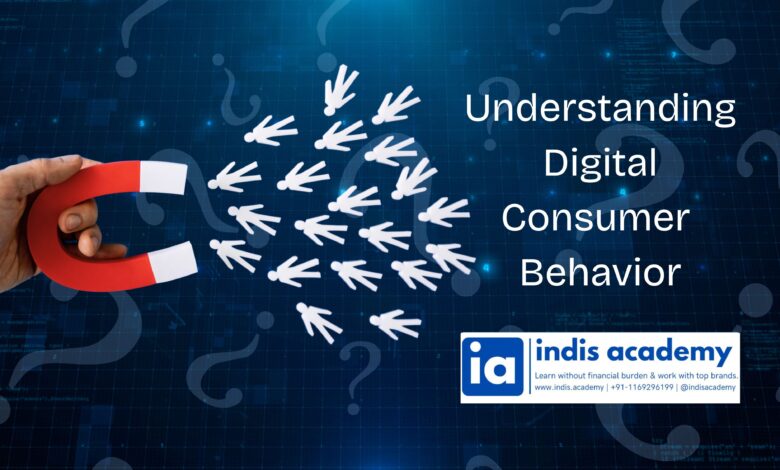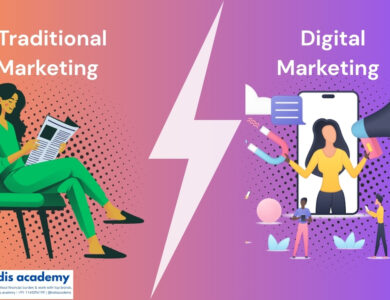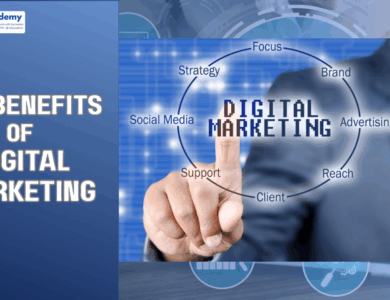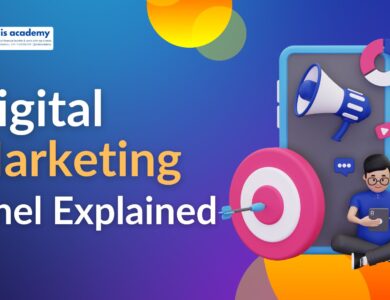Understanding Digital Consumer Behavior: What Really Drives Online Buying?

Understanding Digital Consumer Behavior: What Really Drives Online Buying?
Why do people abandon full carts? What makes a buyer choose one brand over another with similar prices and features? What drives impulse buys in the digital world? These questions are at the heart of digital consumer behavior, a dynamic and evolving area that blends psychology, data, and marketing science.
In the age of hyper-connectivity, digital consumer behavior is no longer just about what people buy — it’s about how, why, and where they buy. From scrolling habits to emotional triggers, everything leaves a footprint. For businesses and marketers, understanding these patterns is not just useful — it’s essential for survival and growth.
Let’s dive into what influences online buying behavior, the psychological underpinnings of digital decisions, and how marketers can adapt to meet modern consumer expectations.
1. The Digital Buyer’s Journey is Non-Linear
Gone are the days when a buyer moved from awareness to purchase in a straight line. Today’s consumer jumps between channels, devices, and touchpoints.
- Multi-touch interactions: A consumer may see a product in a Google ad, research it through YouTube reviews, compare prices on Amazon, and finally purchase via Instagram.
- Omni-channel reality: Mobile phones, desktops, smart TVs, and voice assistants all play a role.
Insight: Brands that map and optimize for multiple micro-moments (searches, reviews, comparisons) perform better in guiding consumers through fragmented journeys.
2. Emotional Triggers Drive Purchases
While consumers may believe they make rational decisions, most buying behavior is influenced by emotions.
- Fear of missing out (FOMO) drives urgency in flash sales.
- Social validation is triggered by reviews, likes, or influencer mentions.
- Trust and familiarity often trump price or features.
Neuromarketing studies show that emotionally charged stories or visuals activate areas in the brain responsible for decision-making.
Action for marketers: Invest in storytelling, user-generated content, and emotion-driven ad creatives to create deeper connections.
3. Trust is the Currency of the Internet
With increasing concerns about privacy, scams, and misinformation, trust has become a defining factor in digital transactions.
Consumers ask:
- Is this website secure?
- Can I trust the reviews?
- Will they honor returns/refunds?
Key trust-builders:
- HTTPS websites and clear privacy policies
- Verified reviews and testimonials
- Transparent return and refund processes
- Strong customer support presence
Brands that appear credible not only increase conversions but also reduce cart abandonment and bounce rates.
4. Convenience is King (and Speed is Queen)
Digital buyers prioritize ease and speed over almost everything else.
- Slow websites result in 7% loss in conversions per second of delay.
- One-click checkouts, auto-fill forms, and express shipping increase conversion rates.
- Mobile-first experiences are no longer optional — they’re mandatory.
Pro tip: Every additional step in the buying process can result in drop-offs. Audit your buyer journey and eliminate friction points.
5. Personalization Increases Engagement
Digital consumers are used to curated feeds, recommended products, and tailored emails. In fact, they expect personalized experiences.
- 80% of consumers are more likely to purchase from brands that offer personalized experiences.
- AI-driven suggestions on platforms like Netflix or Amazon set the bar high.
Effective personalization strategies:
- Product recommendations based on browsing history
- Email sequences triggered by behavior
- Retargeting ads that show previously viewed products
But beware — personalization must feel helpful, not creepy. Respect privacy boundaries and make opt-outs easy.
Read more articles on Digital Marketing:
- Which Marketing Channel Should You Use? A Strategy & Budget Guide
- Top Digital Marketing Trends of 2025: AI, Automation & What’s Next
6. Social Proof Influences Decision-Making
Humans are wired to follow the crowd. In digital behavior, this manifests as:
- Reading product reviews
- Checking influencer endorsements
- Looking at the number of likes/comments
Stat to remember: 93% of consumers say online reviews impact their purchase decisions.
Practical takeaway: Encourage reviews, showcase real customer photos, and feature testimonials prominently across your site.
7. Scarcity and Urgency Still Work
Even in the age of conscious consumerism, psychological triggers like scarcity (“Only 3 left in stock!”) and urgency (“Offer expires in 4 hours”) are still highly effective.
Why?
They tap into loss aversion — the human tendency to fear missing out more than we enjoy gaining something.
Use with care:
- Always be truthful.
- Combine with value-driven messaging.
8. Loyalty is Earned (and Easily Lost)
Digital consumers are bombarded with offers, emails, and ads daily. This makes brand loyalty more fragile than ever before.
What keeps them coming back?
- Consistent experience across platforms
- Post-purchase engagement
- Loyalty programs or points
- Genuine appreciation messages
Investing in retention strategies can yield more ROI than chasing cold traffic.
9. Sustainability and Ethics Matter
Modern consumers, especially Gen Z and Millennials, care about how products are made and what brands stand for.
- Is the brand eco-conscious?
- Are workers treated fairly?
- Does the brand give back?
Consumers reward values-driven brands with attention, shares, and purchases.
Tip: Communicate your brand’s mission clearly and authentically — it’s part of your value proposition.
10. The Rise of the Micro-Moment
Google defines micro-moments as instances when people turn to a device to act on a need — to know, go, do, or buy.
In these moments, consumers expect:
- Immediate answers
- Relevant solutions
- Seamless experiences
Brands that show up contextually and quickly win.
Use:
- Smart FAQs
- Local SEO
- Voice search optimization
- Mobile ads with action buttons
Conclusion: The Digital Consumer is Evolving — Are You?
Digital consumer behavior is a blend of psychology, convenience, emotion, and expectation. The brands that thrive are not the loudest or biggest — but the ones that listen better, adapt faster, and respond smarter.
Understanding what drives online buying isn’t a one-time exercise — it’s an ongoing journey. But by decoding behavior, mapping motivations, and removing friction, marketers can create experiences that convert clicks into long-term customers.
In today’s digital world, the consumer holds the power. Your job? Anticipate their next move before they even make it.





